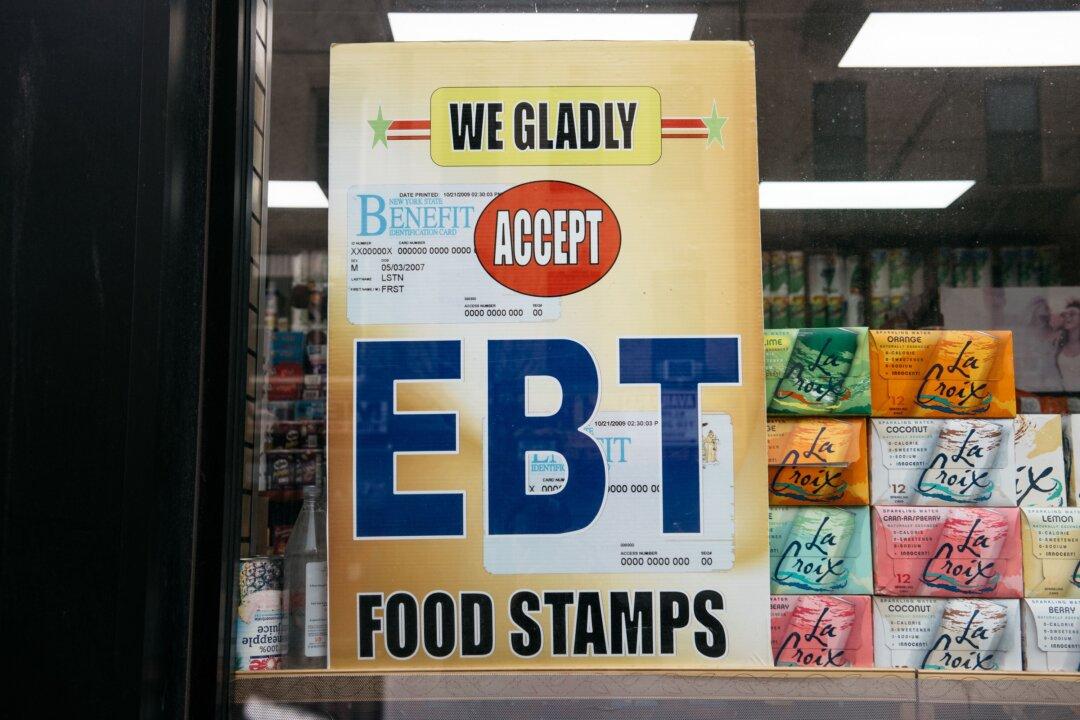As food prices continue to soar nationwide, the U.S. Department of Agriculture (USDA) states as of this month that pandemic-era food stamp benefits will end, while families receiving those benefits say they’re being put in a financial bind.
“I didn’t even know this was happening until I saw it on the news last night,” Gale Gurule, who is a single mother with two children in Sacramento, California, told The Epoch Times. “Right now, I get the maximum amount, but I hear I’m going to get about $200 less and these kids love to eat.”





